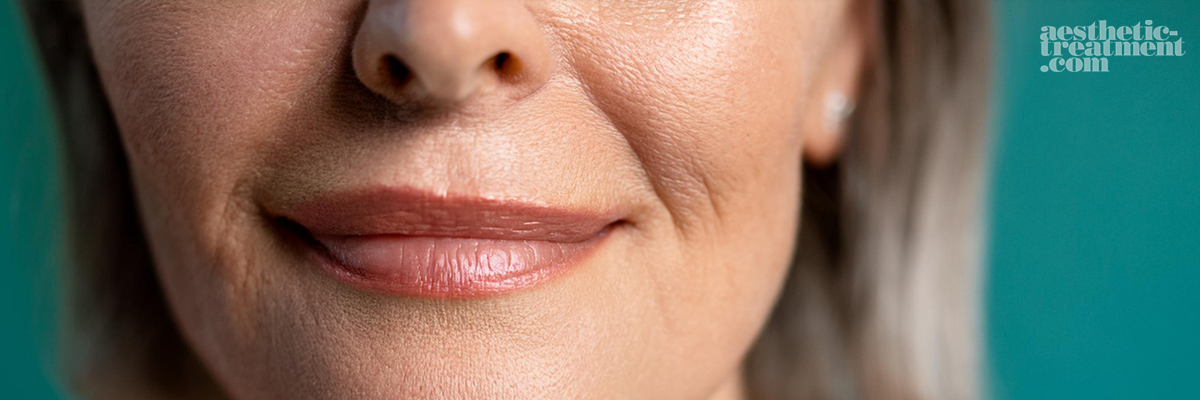How PRP Works for Facial Skin Tightening
Mechanism of Action
Blood Collection A small amount of the patient’s blood is drawn, typically from the arm. The blood is then placed into a centrifuge, a device that spins the blood at high speeds to separate its components.
Preparation of PRP The centrifugation process separates the blood into different layers, including platelet-rich plasma, which is rich in growth factors and proteins. This PRP is then collected into syringes for use in the treatment.
Application of PRP The PRP is injected into specific areas of the face using fine needles. Alternatively, it can be applied topically after a microneedling procedure, which creates micro-channels in the skin to enhance the absorption of the PRP. The growth factors in the PRP stimulate collagen production and enhance the skin’s natural healing process, leading to tighter, smoother skin.
Collagen Stimulation The primary benefit of PRP therapy for skin tightening lies in its ability to stimulate collagen production. Collagen is a vital protein that provides structure, firmness, and elasticity to the skin. As we age, collagen production decreases, leading to wrinkles and sagging. By injecting PRP into the skin, the growth factors and proteins in the plasma promote the regeneration of collagen and elastin, which helps to tighten and rejuvenate the skin.

